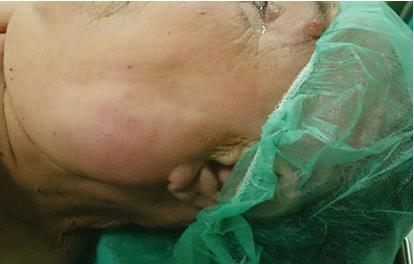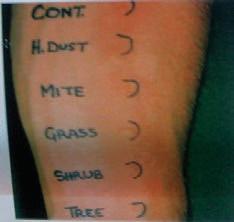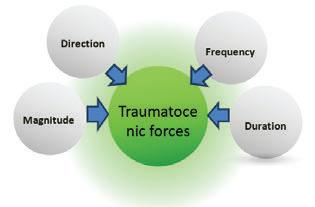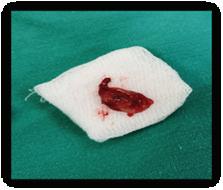UDK: 616.314.17:616.31-001.6/.7
UDK: 616.314.17:616.31-001.6/.7 PUNIM BURIMOR SHKENCOR (PBSH)
UDK: 616.314.17:616.31-001.6/.7 ORIGINAL SCIENTIFIC PAPER (OSP)
ROLE OF OKLUZAL TRAUMA IN PROGRESSION ON PERIODONTITIS
As far back as 100 years ago, it was felt that occlusion played a significant part in periodontal disease (1), and the formation of vertical cleft (2, 3). Glickman (4,5), proposed the theory of co destruction to explain the relationship between occlusion and periodontal disease. He described two region in the periodontium: the zone of irritation (marginal and interdentally gingival), and the zone of co destruction (periodontal ligament, alveolar bone, cementum, transeptal and crest fibres). He felt that plaque induced gingival inflammation was confined to the zone of irritation. Occlusal forces or occlusal trauma effected to zone of codestruction, but did not cause gingival inflammation. However occlusal trauma with plaque induced inflammation acted as co destructive forces resulting in an alteration of the normal pathway of inflammation and the formation of angular bony defects and infrabony pockets. In the contrast to the co destructive theory, Werhaug (6,7), belived there was no proof that occlusal trauma caused or acted as a cofactor in the formation of angular defects. He believed that infrabony pockets were associated with the advancing “plaque formation” or apical growth of sub gingival plaque and the formation of either horizontal or angular bone defects were dependent on the width of the inter proximal bone. The development of traumatogenic occlusion requires the interaction of factors related in the occlusal forces and the adaptation capacity of the individual in such a way that pressure surpasses the tolerance threshold of periodontal tissues (8), since the periodontim attempts to accommodate forces excreted to a tooth in the a tooth in an adaption mechanisms that varies from persons to persons and in the same person different time (9). Occlusal traumatism may occur in an intact periodontium that has been reduced by inflammatory periodontal disease, in the presence of a reduced periodontium, the effect of occlusal traumatism may be magnified because the resistance to the forces has changed. The presence and degree of tooth mobility should be determined, and a functional evaluation of the occlusion should be performed. Factors that may turn forces into traumatogenic comprise the magnitude, direction, duration and frequency of force application.
M. Nakova1, J. Alimani -Jakupi1, K. Ferati1, N. Nedzipi2, S. Cerkezi1, M. Zuzelova1, A. Sredovska-Bozinov2, Zana Jusufi Osmani Faculty of Medical Sciences - University of Tetova Private health Hospital “Remedika”, 16th Makedonska Brigada” 18, Skopje 1000, R. of Macedonia 3 Private health Institution “Dentalcair”, Skopje Email: marijanakova@yahoo.com 1 2
ABSTRACT We followed 60 patients with periodontal disease, 30 of them were as a risk factor with present traumatic occlusion, conditioned by inadequate chargers, titan prosthetic recoveries and extracted teeth and not reimbursed and 30 patients without the presence of this risk factor. Patients were followed clinicians and with x-ray. The main attention was addressed to the impact of occlusion traumatism on the destruction of the alveolar bone, which values were express by Miller-Pelzer-Hirschman index as decay through the Wasserman index. The results showed statistical important differences between bone destruction of the alveolar bone in patients with traumatic occlusion compared with patients without traumatic occlusions (t-0000). Analog bone destruction statistical important differences between the studied groups and the index of decay (a-0000). These results show the fact that traumatic occlusion as risk factor that leads to progressive disease. Keywords: periodontitis, inflammatory deseases, occlusion, decay.
1. INTRODUCTION Occlusion and its relationship to periodontal disease has been remains area of considerable controversy. Over the years, there have been a number of human and animal studies investigating this relationship. The condition or clinical entity knows as occlusal trauma is synonymous with occlusion trauma, traumatic occlusion, traumatogenic occlusion, periodontal traumatism, occlusal overload, among others.
APOLONIA 41-42 • fq. 35-38, Dhjetor 2020 fq. 35-38
Dhjetor
ORIGINAL SCIENTIFIC PAPER (OSP)
35
APOLONIA 41-42 • pg. 35-38, December 2020 pg. 35-38
December








